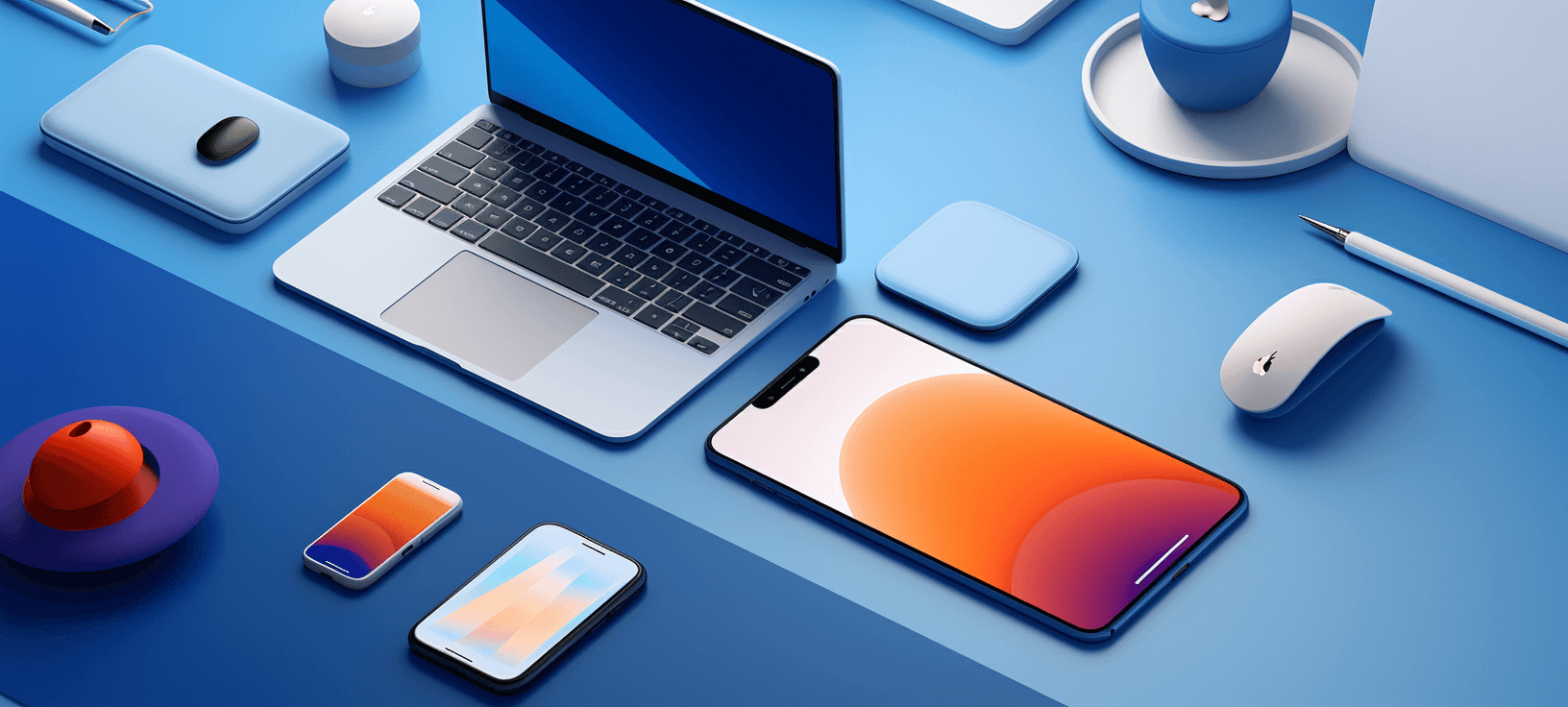Master the Art of Website Design With These Professional Idea
In today's digital age, having a visually enticing and well-designed internet site is vital for any company or specific aiming to make a mark online. However, understanding the art of website design needs more than just an eye for looks. It entails a deep understanding of customer experience, functionality, and the most recent fads and strategies. How can you raise your internet design abilities to the following degree? In this discussion, we will discover skilled tips and tricks that will not only boost the visual charm of your website yet additionally improve its functionality and efficiency. From choosing the appropriate color palette to incorporating effective call-to-actions, these understandings will assist you develop a site that not only astounds your target market yet also drives results.
Selecting the Right Color Combination
When selecting a color palette for web layout, it is necessary to think about aspects such as brand identity, target market, and overall aesthetic goals. The shades utilized in a website can considerably influence how users regard and engage with the website. It is crucial to select shades that straighten with the brand's identification and values. A tech business might choose for a contemporary and streamlined color scheme, while a kids's brand name might pick intense and spirited colors.
Along with brand name identity, the target market must additionally be taken into consideration when picking a color combination. Various age and demographics may react in different ways to certain shades. For circumstances, younger audiences may be extra attracted to vibrant and vibrant shades, while older audiences might favor extra muted and sophisticated tones. Comprehending the choices and assumptions of the target market can help create a engaging and visually appealing internet site.
Last but not least, the total visual goals of the site should be thought about when picking a color combination. The color pattern must match the total design and format of the site, developing a aesthetically appealing and cohesive experience for customers. Whether the objective is to create a peaceful and calming setting or an energised and dynamic ambience, the color palette should be carefully picked to achieve the wanted aesthetic.

Creating User-Friendly Navigation
To improve the individual experience, it is important to create easy-to-navigate and intuitive menus for web sites. Straightforward navigating is critical for directing visitors through the various areas and web pages of a site, allowing them to quickly discover the material they are trying to find. When designing the navigating menu, simplicity is key. Stay clear of littering the menu with as well lots of alternatives, as this can bewilder customers and make it tough for them to make decisions. Rather, concentrate on offering clear and concise labels for each menu item, making use of familiar terms that customers can conveniently comprehend.

Along with clear labels and logical organization, it is very important to make the navigation menu easily accessible. Position it in a noticeable area, such as on top of the web page or in a fixed position, so that users can conveniently discover and access it from anywhere on the web site. Consider making use of a receptive layout strategy to make sure that the navigating menu continues to be obtainable and functional on various devices, consisting of cellphones and tablets.
Incorporating Receptive Style Techniques
In order to maximize web site functionality throughout different devices, incorporating receptive design strategies is necessary. Responsive layout is a website design approach that enables sites to adjust and respond to different display sizes and positionings. With the boosting use of smart devices and tablets, it is crucial for internet designers to produce internet sites that supply an optimal viewing experience for customers on all gadgets.
One of the crucial strategies in responsive layout is the use of liquid grids. As opposed to developing fixed-width designs, internet designers produce adaptable grids that readjust and resize based upon the screen size. This makes certain that the content on the web site continues to be easily accessible and legible, regardless of the tool being made use of.
An additional vital method is using flexible photos and media. By setting the optimum size of video clips and pictures to 100%, they will immediately reduce to fit smaller displays. This avoids pictures from being removed or misshaped on mobile phones.
In addition, responsive design includes using media queries to apply different designs and layouts based on the device's screen size. This enables web designers to produce a seamless experience by personalizing the presentation of content according to the hop over to here device being made use of.
Optimizing Website Speed and Efficiency
One essential aspect of internet layout is maximizing internet site rate and performance. A slow internet site can lead to a bad individual experience, high bounce prices, and lower search engine positions.
First of all, optimizing images is crucial for improving internet site speed. Images must be properly compressed and resized to minimize their data dimension without compromising high quality. This can be done using image optimization devices or plugins.
One more vital aspect to think about is site caching. Caching entails keeping fixed versions of websites to ensure that they can be rapidly recovered rather than producing them from the ground up each time a user sees the website (Webwize Tomball Web Developer). This significantly minimizes filling times and improves total efficiency
Minifying CSS and JavaScript data is another efficient strategy. Removing unnecessary whitespace, comments, and lowering code complexity can substantially improve site rate.
Implementing Effective Call-to-Actions
Developing compelling and convincing call-to-actions is an important facet of reliable web style. A call-to-action (CTA) is a punctual or guideline that encourages users useful source to take a particular activity on a website, such as buying, enrolling in a newsletter, or calling the firm. Applying reliable CTAs can significantly enhance individual interaction and conversion rates.
To produce compelling CTAs, it is vital to use concise and clear language that conveys the value recommendation and advantages of taking the wanted activity. The CTA needs to be aesthetically noticeable on the web page, utilizing contrasting shades and layout aspects that draw the user's focus. Additionally, using action verbs and developing a feeling of seriousness can further enhance the effectiveness of the CTA.
Additionally, it is necessary to place the CTA strategically on the web page. Positioning it above the fold, where it is promptly visible to customers without requiring to scroll, can dramatically boost its exposure and click-through rates. It is additionally valuable to check different variations of CTAs to establish which ones resonate finest with users and drive the highest possible conversion prices.
Verdict
To conclude, mastering the art of internet style requires focus to numerous aspects such as color scheme selection, straightforward navigating, responsive layout strategies, website rate optimization, and effective call-to-actions. By implementing these specialist ideas and methods, internet designers can develop visually enticing and functional sites that improve user experience and drive preferred actions.
The shades used in an internet site can significantly affect how customers engage and regard with the site.In order to enhance website performance across different tools, incorporating responsive layout techniques is you can try this out crucial. Responsive style is an internet design method that permits websites to react and adjust to different screen sizes and alignments. With the enhancing usage of tablets and mobile phones, it is vital for internet designers to produce internet sites that provide an optimal viewing experience for individuals on all gadgets.

 Rider Strong Then & Now!
Rider Strong Then & Now! Shaun Weiss Then & Now!
Shaun Weiss Then & Now! Kelly McGillis Then & Now!
Kelly McGillis Then & Now! Destiny’s Child Then & Now!
Destiny’s Child Then & Now! Tyra Banks Then & Now!
Tyra Banks Then & Now!